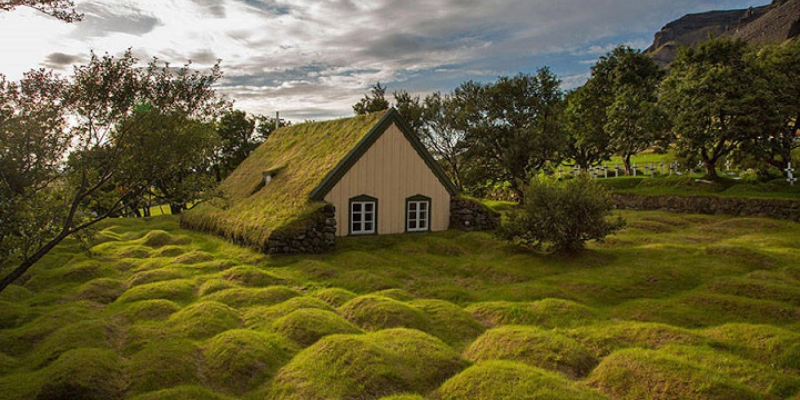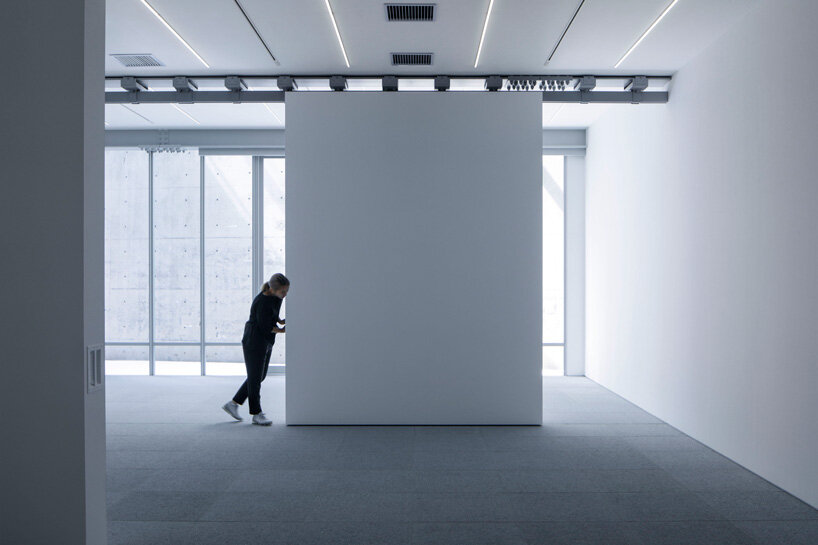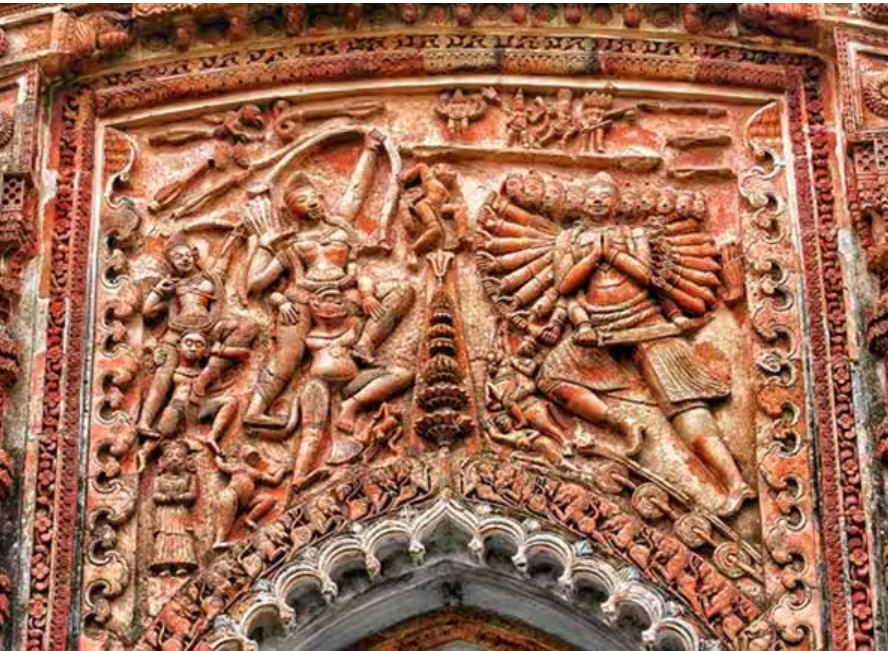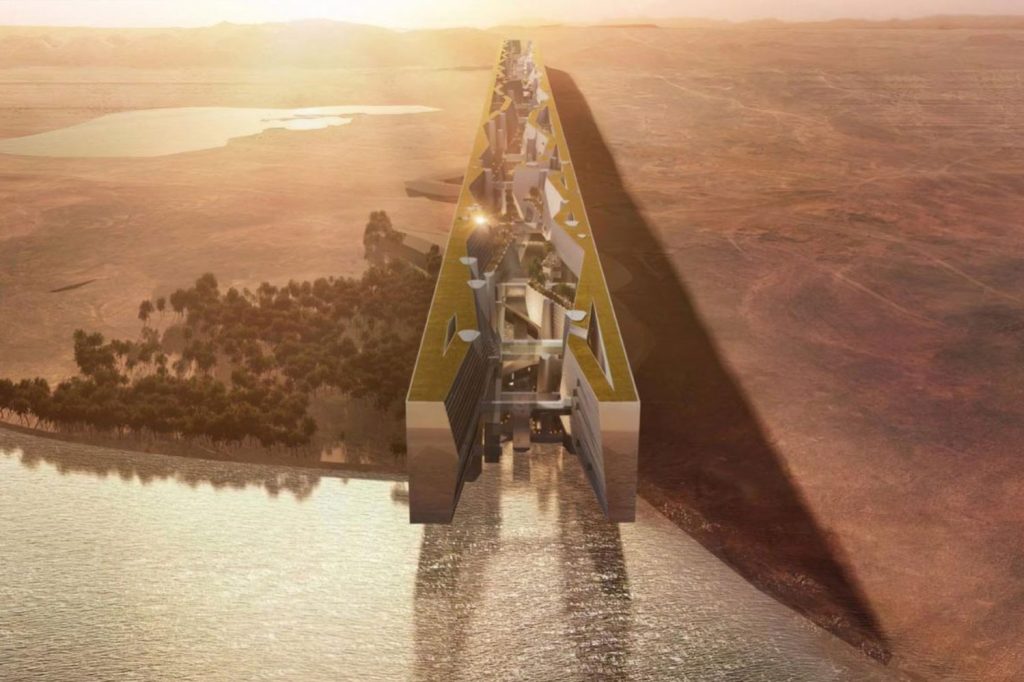Green roofs were once constructed as earthen mounds or cave-like buildings covered in vegetation. They were used for agriculture, residential use, and ritualistic purposes. These primitive green roofs provide summer cooling, winter insulation, and shelter from the weather. But their lack of wildlife deterrents and waterproofing made them unsuitable for modern conveniences. Since then, green roofs have advanced significantly in contemporary architecture.
Early Beginnings in Scandinavia
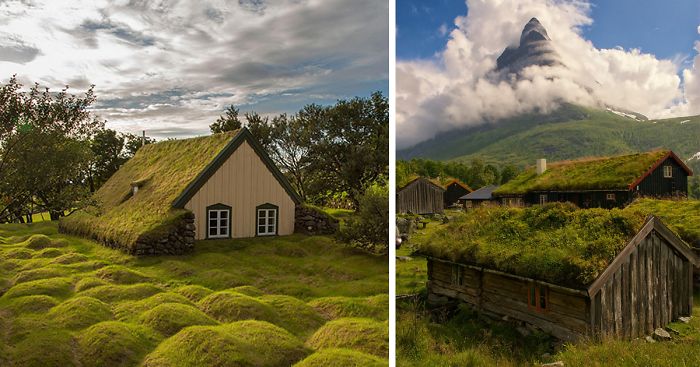
For centuries, people in northern Scandinavia trusted in green roofs, often known as sod roofs. Still, the 1960s saw the emergence of the current green roof movement in Germany. Green infrastructure is already present on 10% of German rooftops, demonstrating the nation’s leadership in the creation and promotion of green roof systems.
European Influence
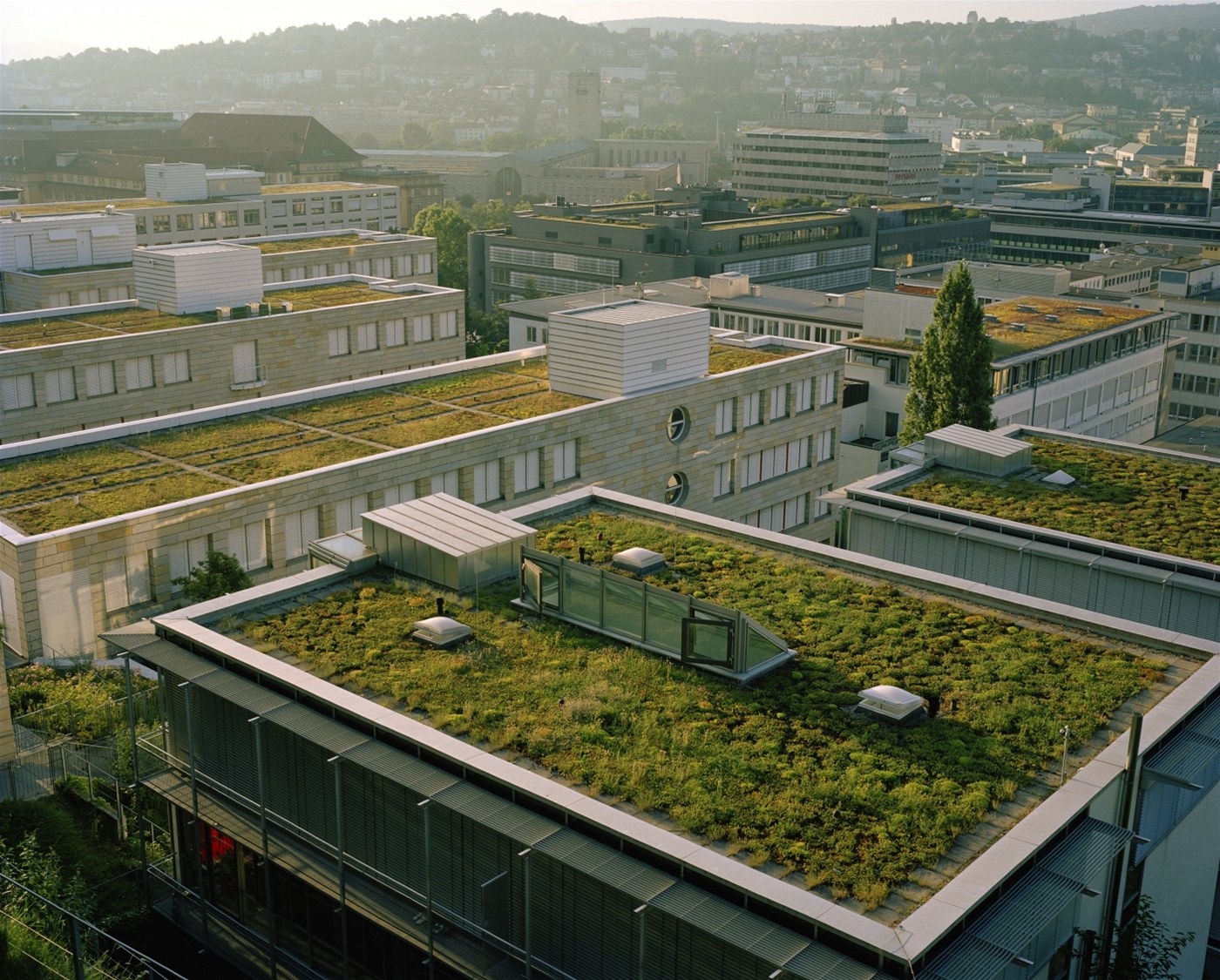
A number of European nations actively support green roofs, including Sweden, the UK, Germany, Switzerland, the Netherlands, Norway, Italy, Austria, Hungary, and Greece. Germany was a pioneer in this regard, having developed and commercialized green roof systems on a wide scale. Since the 1980s and 1990s, respectively, municipalities in Austrian and Swiss cities like Linz have offered incentives to developers to create green roofs. Although green roof adoption in the UK has been sluggish, certain towns, like Sheffield and London, have created regulations to support its installation.
North American Adoption

In North America, green roofs are becoming more and more common; in fact, some places, including Toronto and San Francisco, have passed laws requiring new construction to feature them. To promote the use of green roofs, tax incentives are also provided to developers that include them. A growing trend is rooftop water purification, where some green roofs function as treatment ponds integrated into the roofs using plant-based technologies.
Environmental Impact and Research
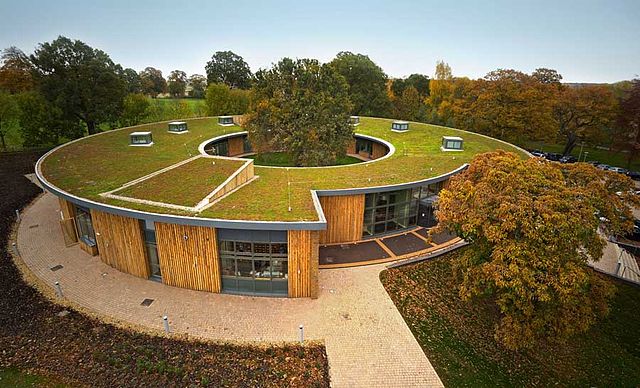
Several studies have examined the effects of green roofs, especially in Germany. According to study conducted in Greater Manchester, UK, green roofs have the ability to dramatically lower surface temperatures, especially in metropolitan areas. This highlights the role that green roofs can play in alleviating the urban heat island effect.
Brown Roofs and Biodiversity

“Brown roofs” or “biodiverse roofs” have been adopted to help lessen the loss of important ecosystems on industrial brownfield sites. These roofs, which are made of materials that are produced locally, sustain endangered plant and animal species and serve as a haven for birds and insects. In Canary Wharf, for instance, the Barclays Bank headquarters serves as a nature reserve and exemplifies the integration of brown and green roof ideas.
Notable Green Roof Projects

The widespread acceptance of green roofs is demonstrated by a number of projects that have won awards. The San Francisco location of the California Academy of Sciences building features a green roof that sustains natural plants and serves as a habitat for the Bay checkerspot butterfly. The adaptability and environmental advantages of green roofs are demonstrated by other award-winning projects like the Green Roof Innovation Testing Laboratory in Toronto and the Seeding Green Roofs for Greater Biodiversity in Lincoln, Nebraska.
Global Examples
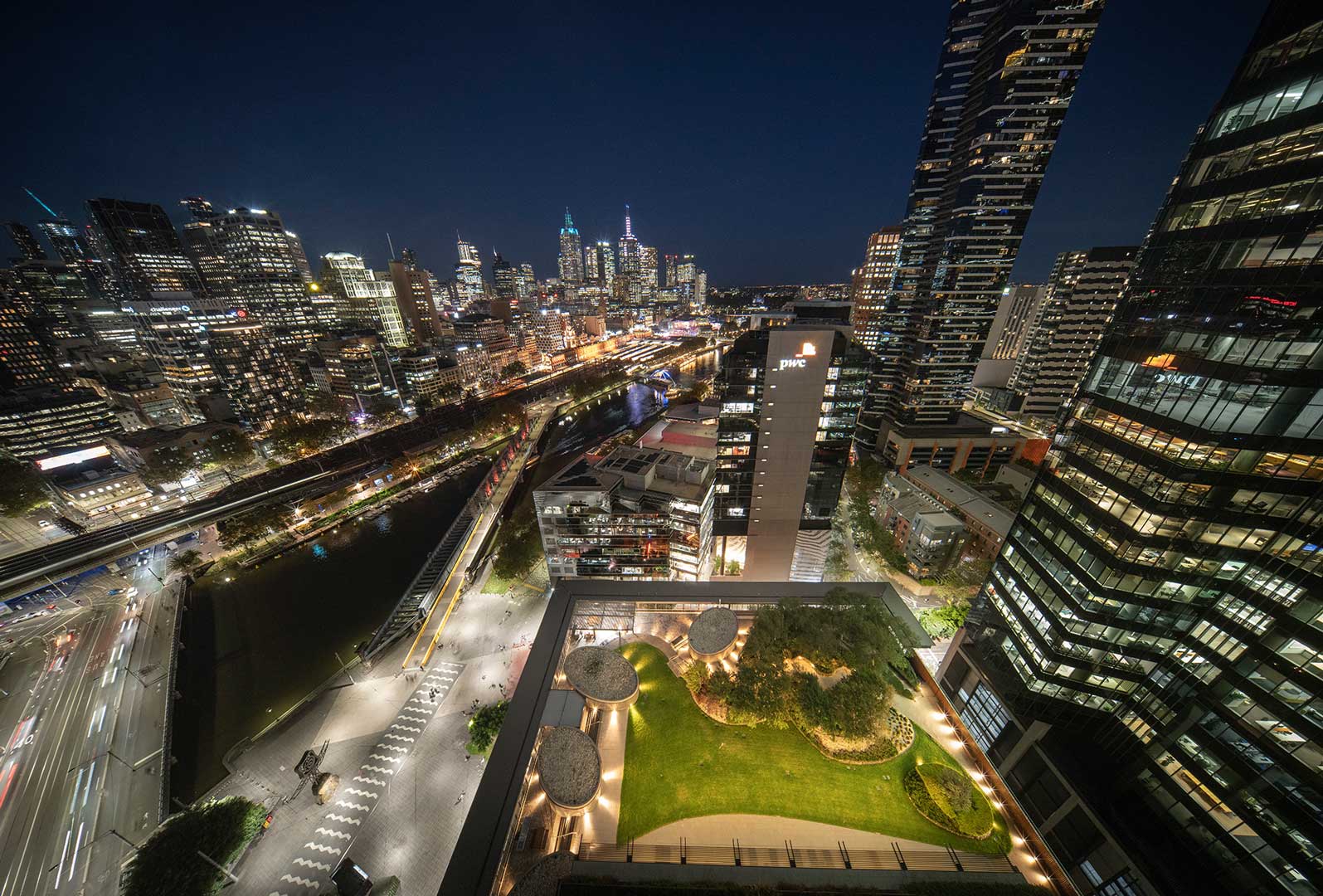
Globally, green roofs have shown to be successful. Australia has experienced a boom in the popularity of green roofs thanks to developments like the CH2 building and the Freshwater Place residential tower. One of the most significant initiatives in Canada is the bylaw in Toronto that requires residential and commercial buildings to have green roofs. In Malaysia, green roofs have even been added to bus stations.
Innovations in Egypt and Iceland
Soil-less agriculture on roofs in Egypt offers a fresh, pesticide-free food source, yet traditional Icelandic farmhouses still have sod roofs.

Green roofs have been increasingly popular in modern architecture due to a number of factors, including the need for sustainable building techniques, governmental support, and environmental consciousness. Green roofs have transformed urban environments, offering ecological benefits, lowering energy consumption, and aiding in the conservation of biodiversity, ever since their modest beginnings in ancient times. Green roofs are expected to become increasingly more important in the future of sustainable design as research and advancements continue.
References
Wikipedia- Green Roof
Read Also:

